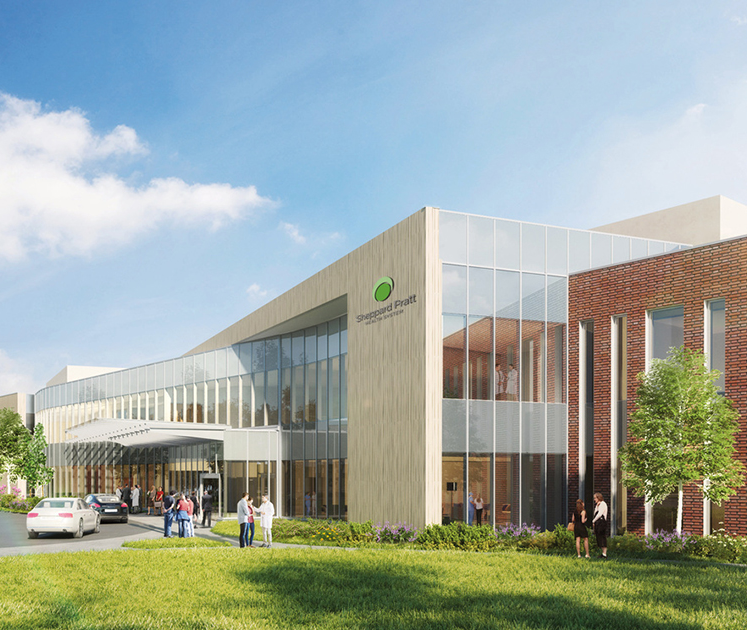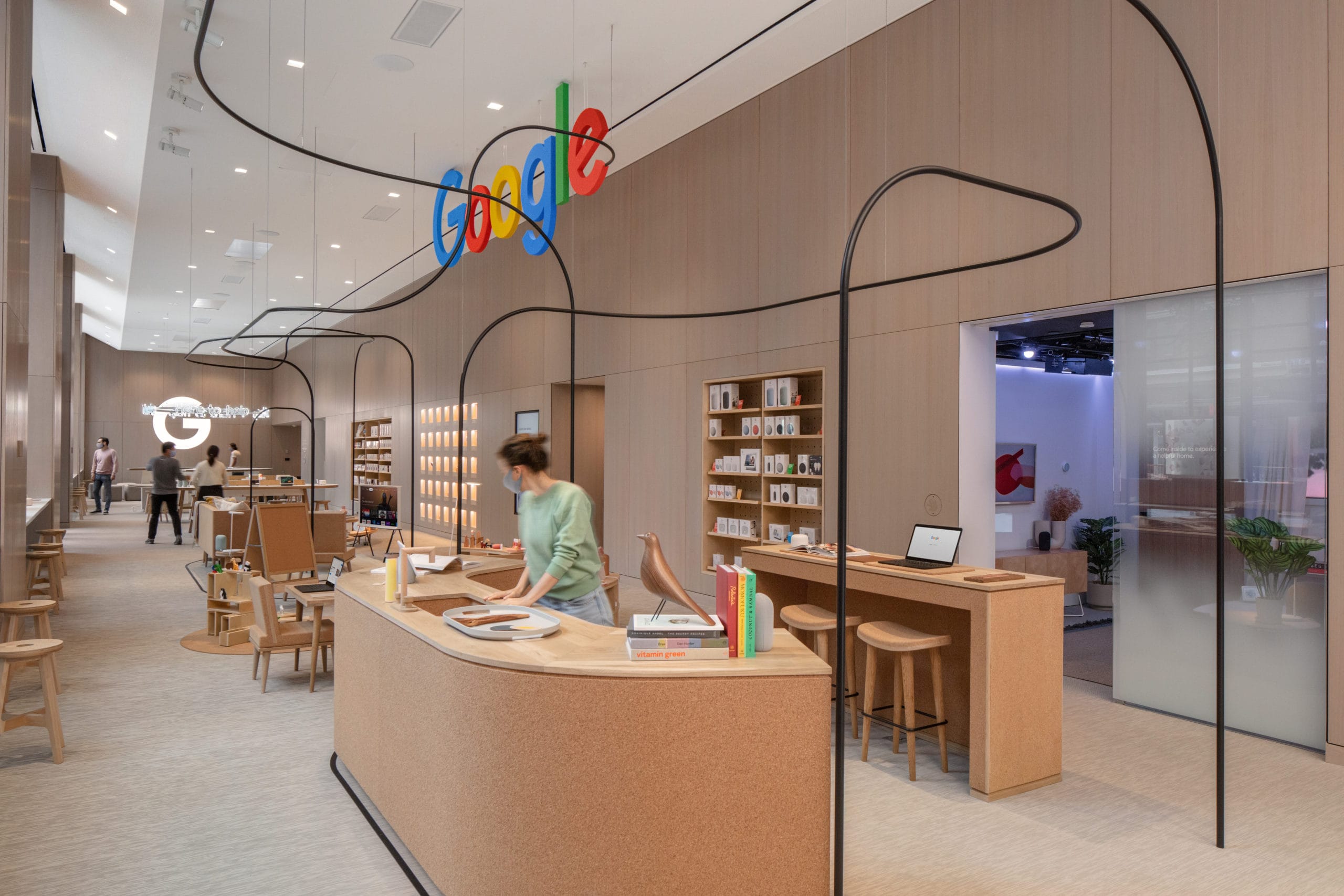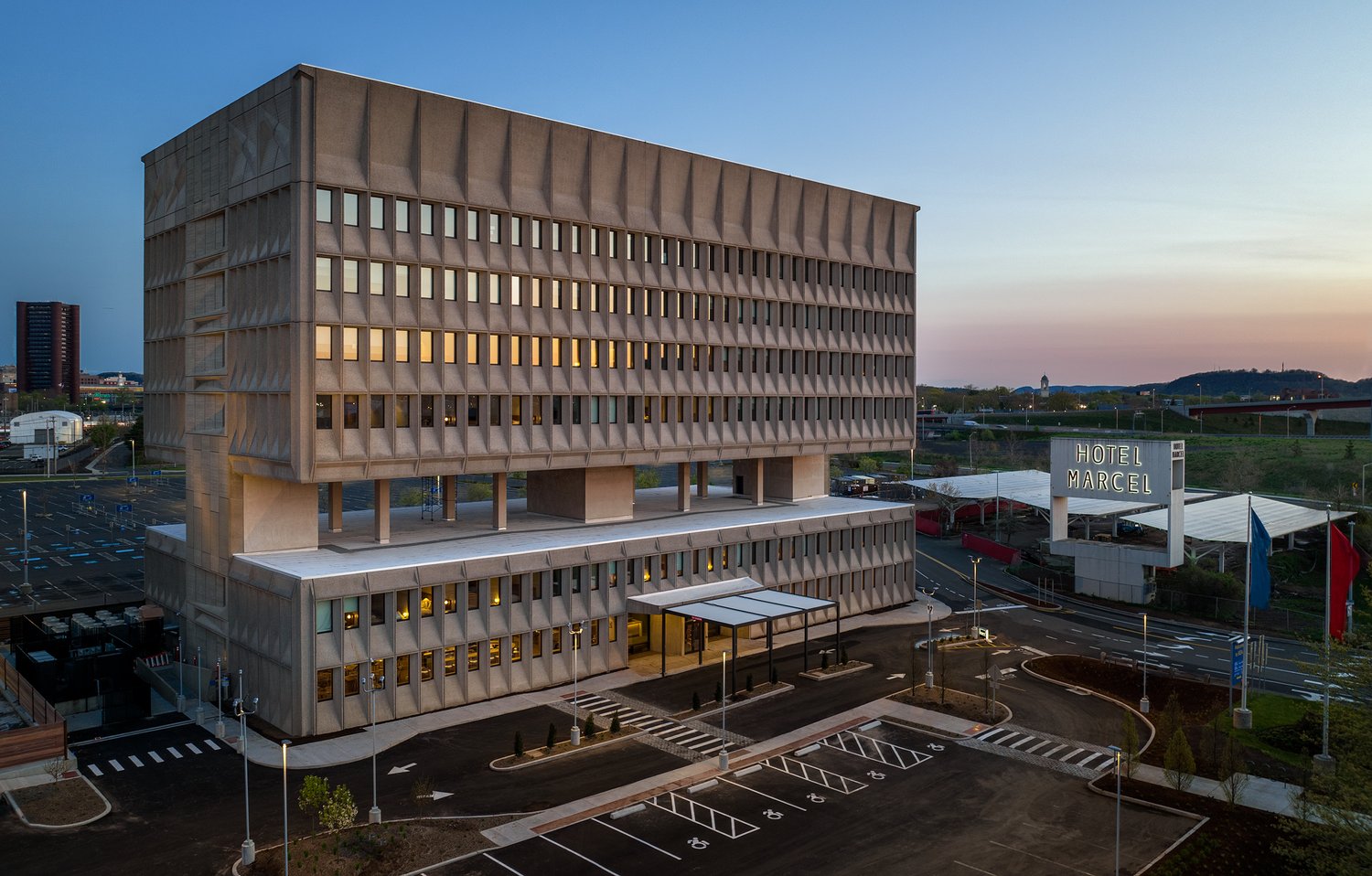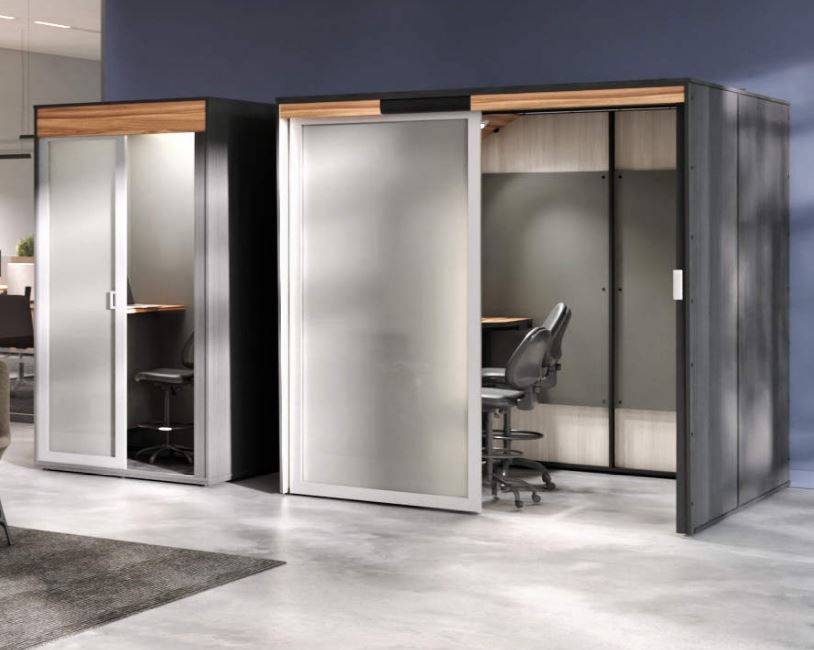
Accessibility
Creating Safe, Usable, and Accessible Spaces for People of All Abilities
Our accessibility team has decades of experience driving social justice by removing physical barriers to access that have historically marginalized people with disabilities. Our consultants have worked on thousands of public and private sector projects across the country. They’ve seen it all.
The scope of our work runs the gamut—from design reviews and inspections of newly constructed and altered facilities, to inspections of existing facilities to identify noncompliance and develop a plan for remediation, to advising attorneys representing clients cited for alleged noncompliance with accessibility requirements, to recommending Inclusive Design strategies intended to go beyond baseline compliance.
Our team ensures that every project meets all code and regulatory requirements for accessible design and construction—now and for the lifespan of a project—preventing costly retrofits that can result from potential litigation.
OUR PROCESS
01. Planning
Whether it’s new construction or alterations, the projects we take on are all subject to complex layers of accessibility requirements. From the very start, we help you navigate the pathway to compliance and set you up for success.
02. Design
Our team conducts plan reviews of schematic design, design development, and construction documents to ensure that your project complies with the applicable accessibility requirements.
03. Inspections
From existing buildings to those under construction or being altered, we conduct inspections and identify noncompliance. Then, we collaborate with your project team to find solutions.
04. Support
During the entire design and construction process, we’re always available to provide guidance, respond to questions, and offer recommendations designed to ensure compliance.
OUR Services
Accessibility
Our goal is to exceed client expectations by delivering reliable solutions-driven consulting services. We draw on our decades of experience to collaborate with architects, developers, construction teams, and other stakeholders to meet the accessibility needs of every project.
Accessibility: Codes and Regulations
We ensure that projects comply with the accessibility requirements of building codes and disability rights laws including:
- The Americans with Disabilities Act
- The Fair Housing Amendments Act
- Section 504 of the Rehabilitation Act of 1973
- Architectural Barriers Act
- State and Local Human Rights Laws
- State and Local Building Codes

Knowledge Hub






